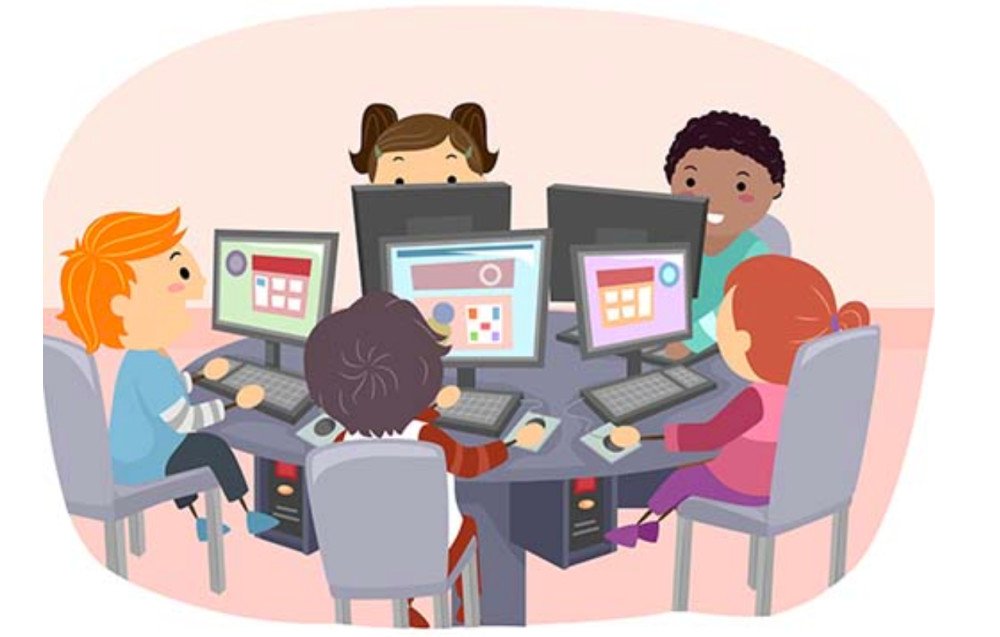
The Indian education system, long criticized for its rigidity and rote learning, underwent a seismic shift in 2020 with the introduction of the National Education Policy (NEP 2020). This ambitious policy, heralded as one of the most significant education reforms in India’s history, promised to overhaul the entire education landscape, from early childhood education to higher learning. Now, three years into its implementation, it’s time to assess the progress made and explore the challenges that lie ahead.
Vision and Pillars of NEP 2020:
NEP 2020 envisions an education system that is holistic, flexible, and inclusive, aiming to develop well-rounded individuals equipped with the skills and knowledge necessary to thrive in the 21st century. It rests on five key pillars:
- Access: Ensuring quality education for all, regardless of background or socioeconomic status.
- Equity: Bridging the gap between privileged and underprivileged communities.
- Quality: Enhancing the learning experience with a focus on critical thinking and problem-solving.
- Affordability: Making education accessible at all levels.
- Accountability: Establishing clear benchmarks for measuring progress and ensuring transparency.
Major Highlights of NEP 2020:

The policy boasts several transformative features, including:
- 5+3+3+4 flexible school structure: Replacing the rigid 10+2 system with a more flexible approach, allowing students to explore diverse subjects and interests across different stages.
- Foundational literacy and numeracy: Emphasizing strong grounding in these core skills in the early years.
- Multiple entry and exit points: Providing students with the flexibility to move between different streams of education and vocational training.
- Integration of vocational skills: Blending vocational education with traditional academic subjects to equip students with practical skills for employability.
- Increased focus on critical thinking and creativity: Moving away from rote learning and encouraging students to think critically, solve problems, and be creative.
- Mother tongue or regional language as the medium of instruction: Promoting multilingualism and respecting diverse linguistic heritage.
- Holistic development: Going beyond academics and focusing on the emotional, social, and physical well-being of students.
Progress and Challenges:
Three years into implementation, NEP 2020 has made commendable progress. Several states have revised their school curricula, introduced vocational training programs, and implemented the flexible school structure. However, challenges remain, including:
- Teacher training and resources: Equipping teachers with the necessary skills and resources to effectively implement the new curriculum.
- Infrastructure and funding: Upgrading infrastructure and ensuring adequate funding to support the policy’s ambitious goals.
- Bridging the digital divide: Addressing the unequal access to technology and ensuring every student has the tools needed to succeed in the new learning environment.

The Road Ahead:
The successful implementation of NEP 2020 requires sustained efforts from the government, educators, parents, and the community as a whole. Continuous monitoring, evaluation, and adaptation are crucial to ensure the policy delivers on its promise of an equitable, high-quality education for all.
Looking Forward:
As NEP 2020 continues to unfold, it has the potential to revolutionize education in India, empowering students to become well-rounded individuals prepared to face the challenges and opportunities of the 21st century. By staying informed, engaged, and actively supporting its implementation, we can collectively pave the way for a brighter future of education in India.
For more information on NEP 2020:
- Official website of the Ministry of Education, Government of India: https://www.education.gov.in/national-education-policy
- Wikipedia article on National Education Policy 2020: https://en.wikipedia.org/wiki/National_Education_Policy_2020
- News articles and expert commentary on NEP 2020: https://indianexpress.com/about/national-education-policy/





